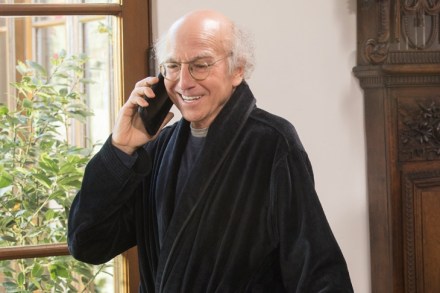In preserving its heritage gaming is maturing as an art form
Want to feel like a kid again? Now, if you’re of a certain age, inclination and fortune, you can. Last week, Nintendo launched its SNES Classic Mini, a modernised and miniaturised version of a console that it first released over 25 years ago. It comes loaded with 20 games from back then, including Super Mario World and The Legend of Zelda: A Link to the Past, and it has gamers palpitating. The SNES Classic Mini sold out a few frantic minutes after it was first made available to order. Anyone who missed out will have to face the merciless price inflation of eBay. This sort of harkening-back is nothing new




















